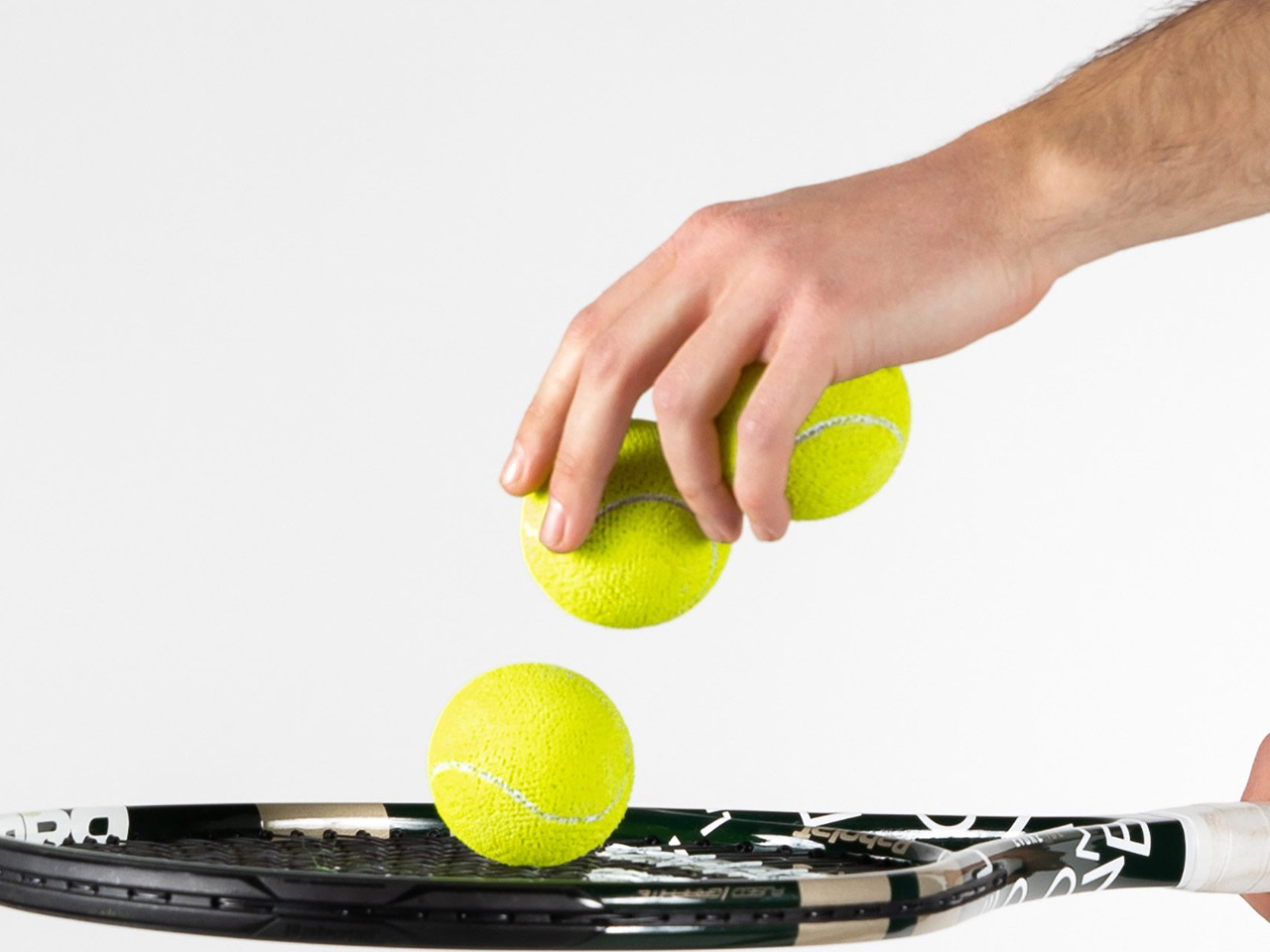
Central Saint Martins graduate Noé Chouraqui spotted something most tennis players never think about. Those bright yellow balls flying across courts worldwide create a massive environmental problem. For his final-year design project, he decided to tackle it head-on. His solution is POINT – a completely 3D-printed tennis ball that could revolutionize how we think about sports equipment and sustainability.
The staggering reality is that over 300 million tennis balls get manufactured every year, and each one takes 400 years to break down once tossed away. Most end up rotting in landfills after just a few weeks of play. It’s an environmental disaster hiding in plain sight, one that Chouraqui realized needed addressing without sacrificing the performance players demand.
Designer: Noé Chouraqui
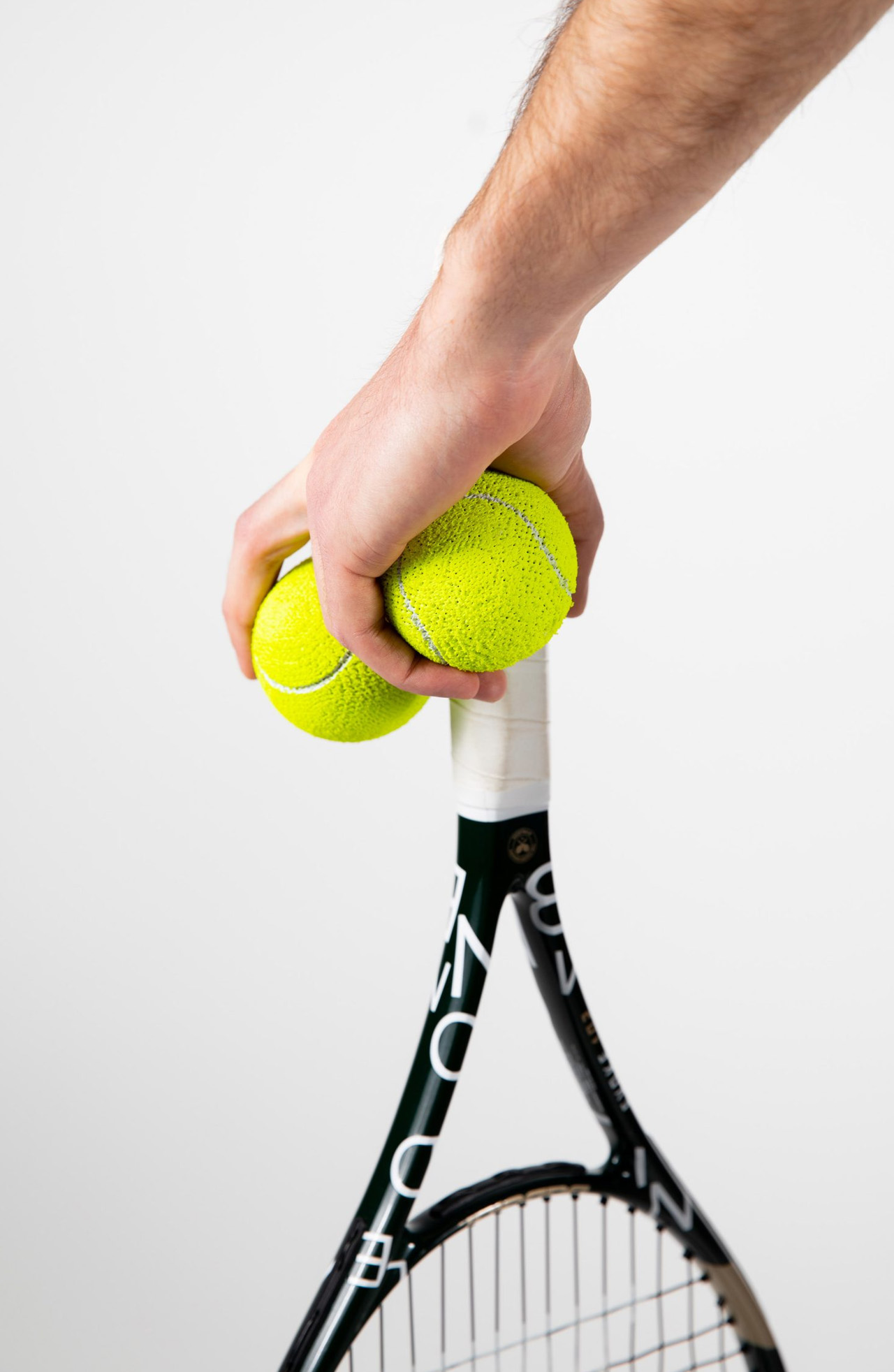
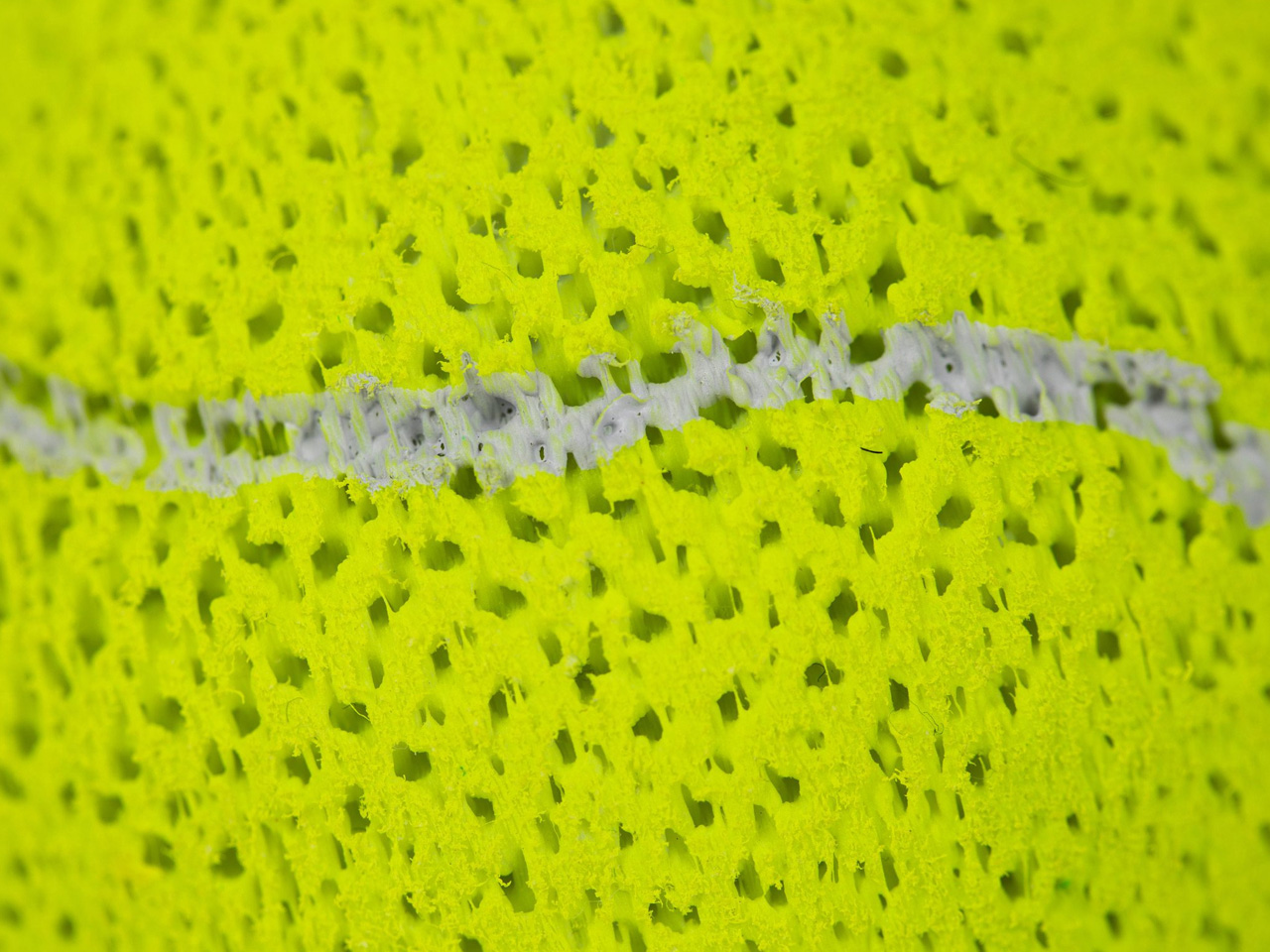
POINT tackles this waste through smart material science. Instead of the usual hollow rubber core wrapped in felt, Chouraqui uses High Resilience PLA made from corn starch. This bio-based filament can be composted industrially and cuts environmental impact by 90 percent. The single-material construction eliminates the recycling nightmare of traditional multi-component tennis balls while maintaining familiar bounce and flight characteristics. “PLA-HR is eco-friendly, as it is compostable under industrial conditions and has a lower carbon footprint than traditional plastics,” said Chouraqui.
Creating the perfect formula wasn’t simple.”It was crucial to preserve the characteristic features of tennis balls so that the product would immediately be identified as a tennis ball, rather than just any other ball,” Chouraqui said. He spent months testing different filaments, internal structures, and printing settings using Fusion 360 and BambuLab Studio. He kept the classic neon-yellow color and seam lines because, as he put it, the design needed those “familiar felt lines to retain that visual connection.” The result earned him a patent for his innovative approach.
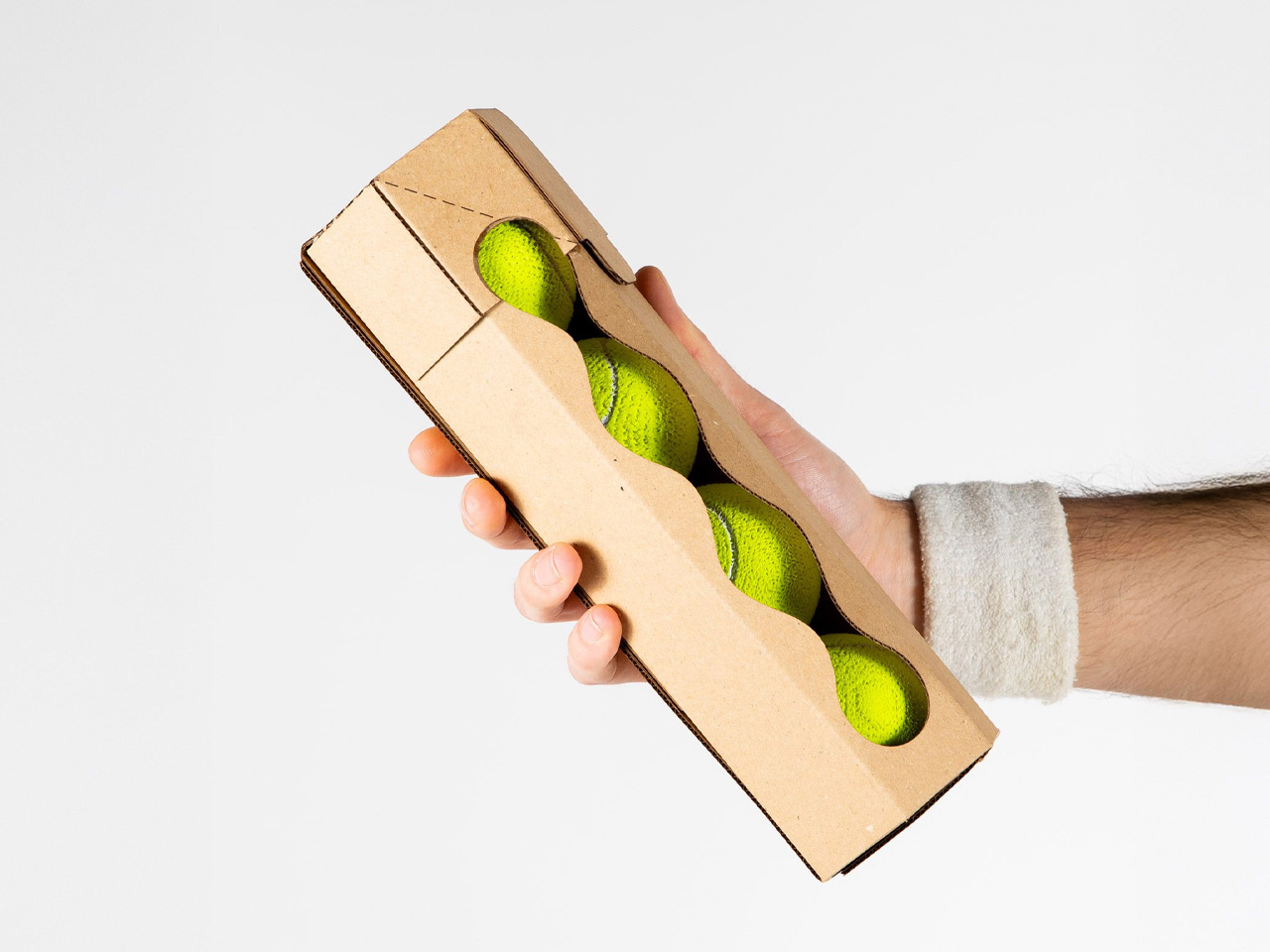
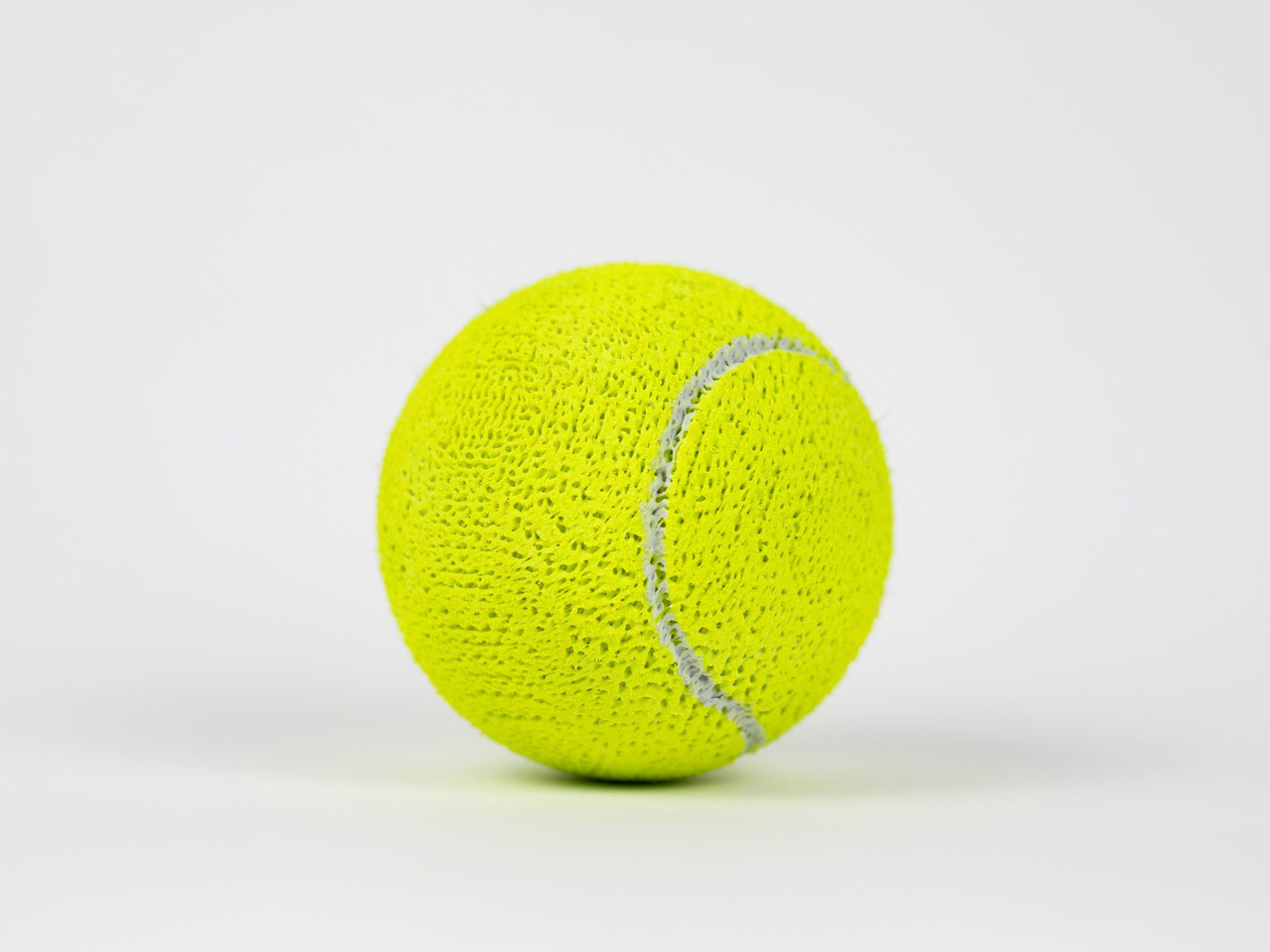
The real validation came through official testing by Jamie Capel Davies, the International Tennis Federation’s Head of Science and Technical. His evaluation showed POINT balls perform aerodynamically just like traditional tennis balls. Now the ITF Technical Commission is reviewing the data and considering rule changes that could allow sustainable alternatives in professional matches, potentially opening doors for widespread adoption.
Chouraqui’s work shows us that environmental responsibility doesn’t mean compromising performance, potentially inspiring similar transformations across athletic gear manufacturing.
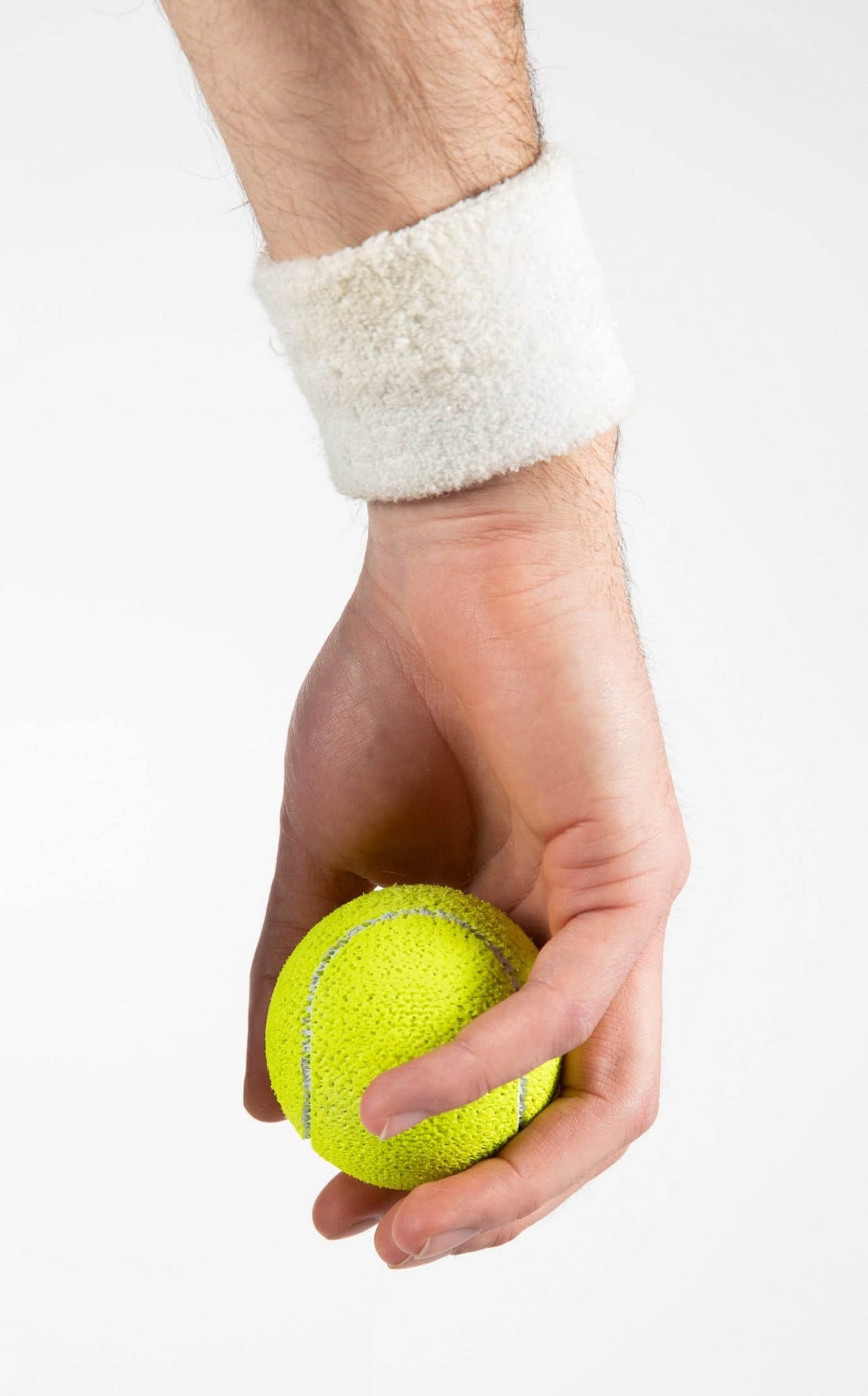
The post 3D-Printed Tennis Ball With The Strength & Bounce Of A Regular Ball Could Change The Sport Forever first appeared on Yanko Design.
Read More . . .|
 | Tweet
| Tweet